- Home
- Knowledge library
- Soil microfauna – nematodes
Soil microfauna – nematodes
Nematodes are a diverse group, including plant parasites and predators that feed on bacteria, fungi or other nematodes.
Back to: The function of soil biology
What are nematodes?
Nematodes are microscopic worms that are sometimes known as ‘roundworms’. Those living in soil are generally small (less than 3 mm long and only 15–100 µm wide) and can only be seen with a microscope.
Plant-parasitic nematode species (sometimes called ‘eelworms’) can cause £millions of crop losses annually. These pest nematodes are only one component of the soil nematode community. A diverse range of beneficial free-living nematodes also occur in soil, and they play a vital role in many important soil processes.
Ecological feeding groups of nematodes
Nematodes can be grouped according to their feeding habits and are identified under the microscope by their mouthparts. Nematodes in each of these feeding groups have different ecological roles within the soil food web. Five nematode feeding groups occur in soil:
- Bacterial feeders
- Fungal feeders
- Omnivores
- Predators
- Plant feeders (parasites)
Bacterial feeders
Bacterial-feeding nematodes in soil are a relatively constant component of the nematode community in agricultural soils.
Some bacterial-feeding nematodes colonise soil when it is enriched with an organic amendment. These nematodes are relatively small and produce large numbers of eggs. If a bacterial food source is available, such as when decomposing organic matter is present in soil, populations can increase rapidly to high population densities. When microbial biomass decreases, they cease feeding and become dormant.
Images © Bryan Griffiths
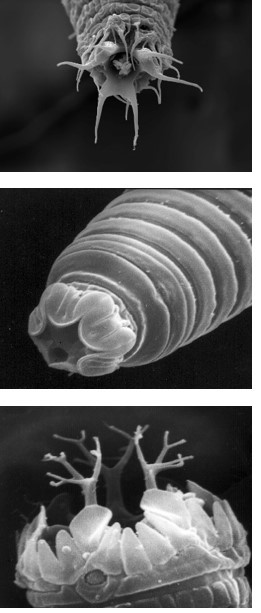
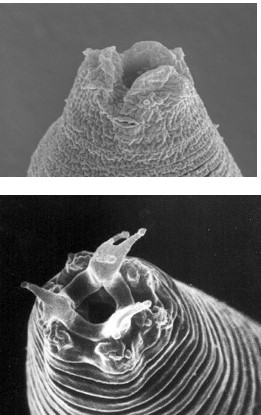
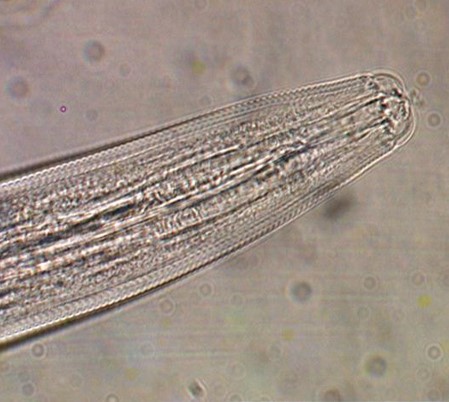
Fungal feeders
This group of nematodes is relatively common in soils using conservation agriculture/no-till approaches where the fungal population is not reduced by regular soil disturbance and where there are crop residues and organic materials with a high carbon to nitrogen ratio.
Most fungal-feeding nematodes have relatively short life cycles, and the population size responds rapidly to changes in the population of soil fungi.
Image © Bryan Griffiths

Omnivores
Omnivorous nematodes are generalists, as they can feed on many different soil organisms. As they are relatively large, they are sensitive to disturbances such as tillage. They are also sensitive to pollutants and excessive inputs of nitrogen fertiliser. The presence of omnivorous nematodes indicates the soil food web is diverse and relatively stable, whereas their absence is a warning sign the soil biology has been disrupted or depleted in nutrients.
Image © Bryan Griffiths
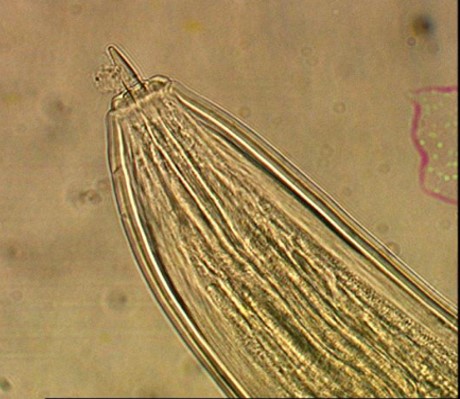
Predators
These are nematodes that prey on other nematodes. Some have an open mouth armed with teeth, but others use a spear to pierce their prey or feed on nematode eggs. They have relatively long life cycles and sensitivity to pollutants. However, those related to bacterial feeders will multiply rapidly and can tolerate contaminants.
Both omnivores and predators are large nematodes sensitive to disturbance, and they usually take several months to complete their life cycles. Once lost from the soil food web, it may take months or years for them to return.
Plant feeders (parasites)
Plant-parasitic nematodes will always be present in agricultural soils, but many are not serious pests.
The plant-parasitic nematodes of most concern in UK agriculture are:
- Sedentary endoparasites such as potato cyst nematode (Globodera species)
- Other cyst nematodes (Heterodera species)
- Root-knot nematodes (Meloidogyne species)
Other plant parasitic and free-living nematodes include:
- Stem nematodes (Ditylenchus species)
- Root-lesion nematodes (Pratylenchus species)
- Stubby-root nematodes (Trichodorus and Paratrichodorus species)
- Sheath nematodes (Hemicycliophora species)
- Needle nematodes (Longidorus species)
Identification of plant-parasitic nematodes and assessment of the population size is particularly important where sensitive crop species are going to be grown.
Image © Bryan Griffiths
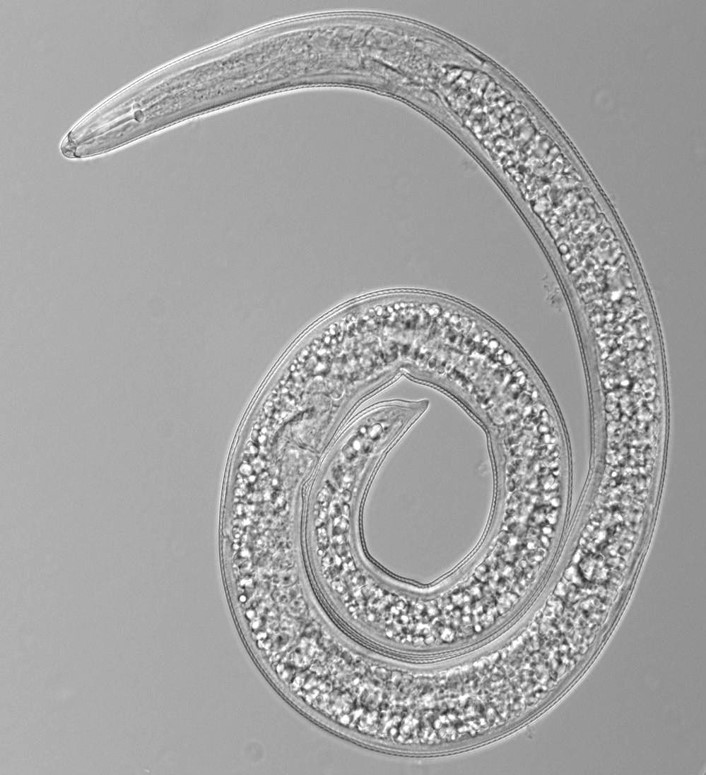
Nematodes as biological indicators of soil health
Soil animals at higher trophic levels, particularly nematodes, are generally considered better biological indicators than soil bacteria and fungi. To give an overall classification of the status of the nematode community, various ecological indices have been developed, which are calculated from the species and numbers of nematodes present in a soil sample.
Read more about ecological indices for nematode communities
Useful links
Search for 'nematodes' on the AHDB Horticulture and Potatoes archive website
.jpg)
Topics:
Sectors:
Tags:

